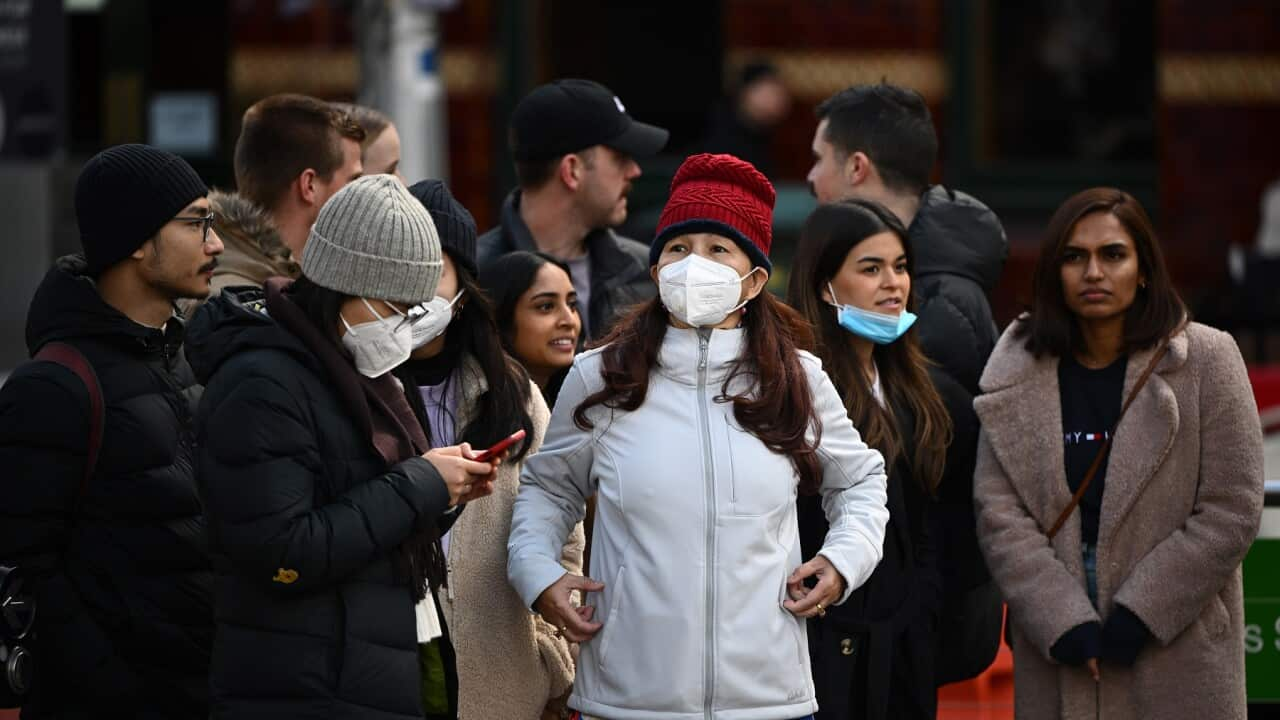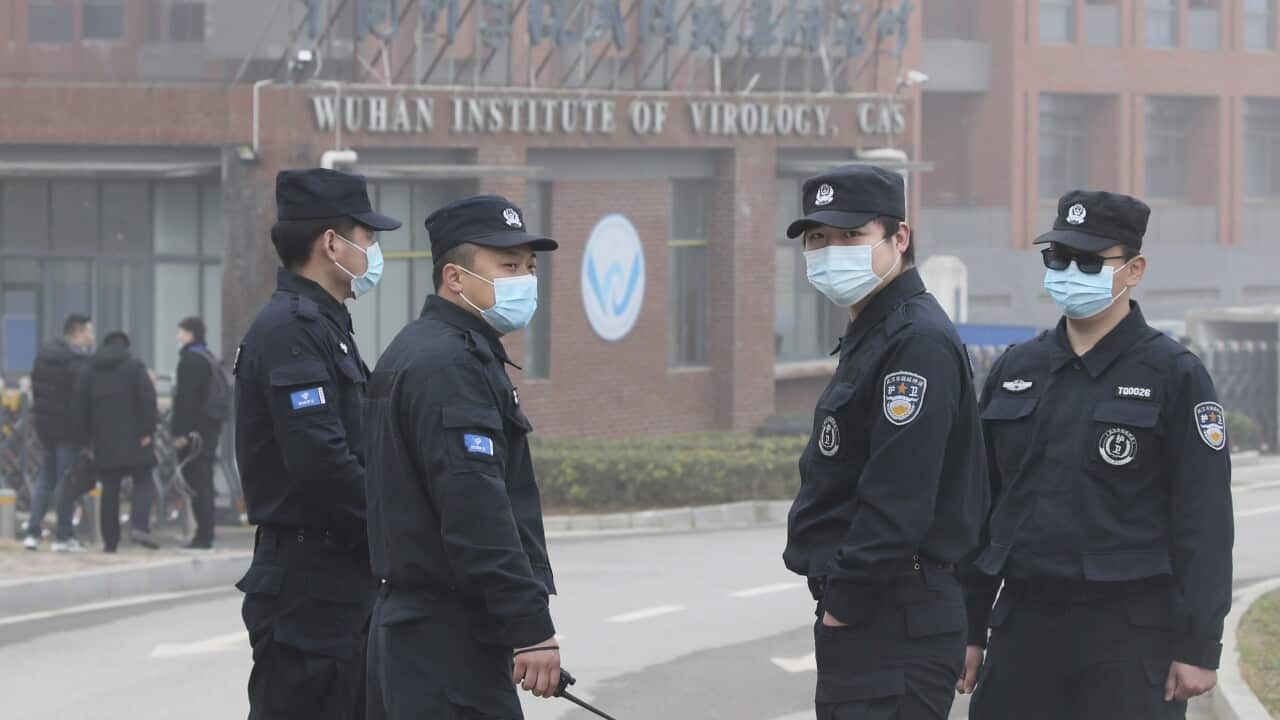Key Points
- Rising COVID-19 case numbers indicate Australia could be on the cusp of a new wave.
- NSW and Victoria have both recorded an increase in cases in the most recent weekly reports.
- Experts are reminding Australians to remain up-to-date with vaccines and boosters.
Three years after the onset of the COVID-19 pandemic, the virus does not appear to be going away any time soon.
In fact, rising case numbers in NSW and Victoria indicate Australia could be on the cusp of a new wave of infections, and experts are urging the community to remain up-to-date with vaccines.
Victoria recorded 3,319 cases between 3-9 March, marking an increase of 10.5 per cent from the previous week. NSW recorded 7,871 over the same period, compared with 7,163 the week before.
Reported cases lagging behind true numbers
Associate professor Paul Griffin, an infectious diseases physician and clinical microbiologist, believes the real case numbers are likely to be higher than the numbers recorded.
He says this is due to a reduction in testing both people and wastewater.
"It's always really hard to know we're truly in a wave until we're right in the middle of it or perhaps even past it, (but) it is clear at the moment that several states are recording an increase in case numbers," he said.
"Case numbers are so unreliable because we see so few people getting tested – some states are reporting an increase in hospitalisations, but the trouble there is they lag some weeks behind an increase in cases, so it's really too early to know."
Julie Leask, professor at the University of Sydney's school of nursing and midwifery, says hospitalisation rates are a better indicator of the rate of infection in the community.
"A lot fewer people are reporting the COVID that they do have, or they're not even being tested," she said.
"When we look at hospitalisations, we get a better sense of whether there's more COVID about because once you're sick enough to need hospitalisation you really need to go, so that means the changes in hospitalisation rates are a better indicator."
What precautions should you be taking?
While the pandemic has not been declared over, Australia has relaxed its restrictions, with mask mandates and isolation rules now a thing of the past.
But Dr Griffin says it is imperative for Australians to understand the COVID-19 pandemic is "not going away" and maintain a consistent, sensible approach.
"What that really looks like is making sure you're up-to-date with your vaccines ... have a chat with your GP or pharmacist if you're not sure," he said.
"Basically, anyone who has not had COVID-19 or a vaccine in the last six months and is an adult is able to get another vaccine, and I would strongly encourage people to do that."
He says while there are no longer rules around hand hygiene, masks or social distancing, individuals - particularly the elderly and those with medical conditions – should consider taking these precautions.
Professor Leask believes many people may be fatigued when it comes to following news about COVID-19 or keeping up-to-date with vaccines and precautions.
For those concerned about whether a new wave could mean new lockdowns, she says this is highly unlikely.

The recommendation for a booster is for people whose most recent COVID-19 vaccine or infection was six months ago or more. Source: AAP / Albert Perez
"We know what to do – vaccinate, get your booster, stay home if you have symptoms, have a test and report it ... and wear a mask if you have symptoms or are around others who are at risk of severe COVID."
What is the current situation with vaccines?
Dr Griffin says Australians should also be aware of the vaccines and antiviral treatments available today, which differ from those on offer during the earlier stages of the pandemic.
"Our vaccines have improved recently, we've had Omicron-specific bivalent boosters – vaccines with two bits in it, an original strain and an updated Omicron strain," he said.
"So that does provide at least slightly better protection against the number of variants we have circulating at the moment ... and we have excellent antivirals available as well."
In addition to COVID-19 boosters, Professor Leask also advises Australians to begin planning flu vaccines ahead of the winter months.
"We must remember that we are also coming into the flu season in the next few months, and now is the time to start planning your next flu vaccine," she said.
"They should be available towards the end of this month, so start making that plan now ... so you've got that extra protection in the winter."




